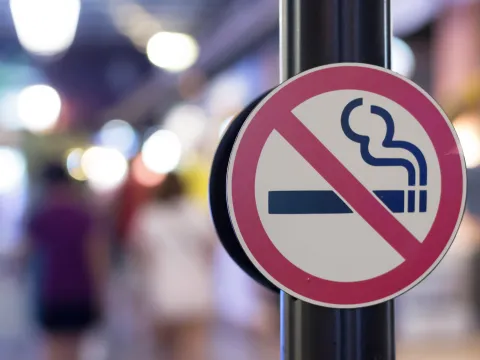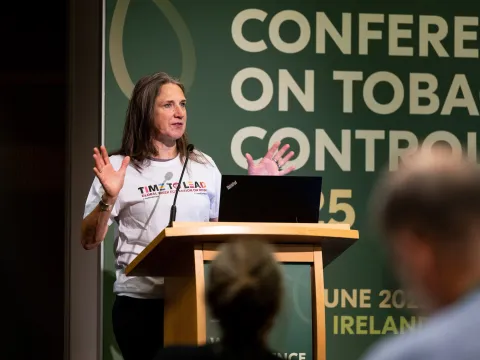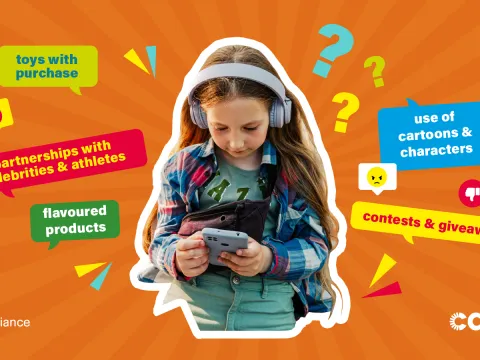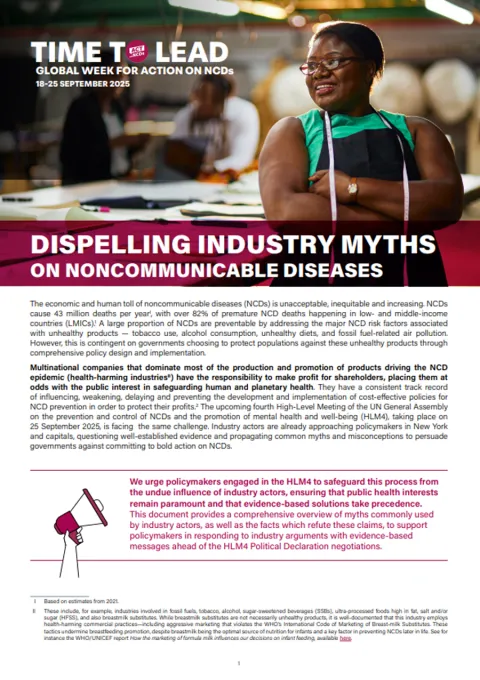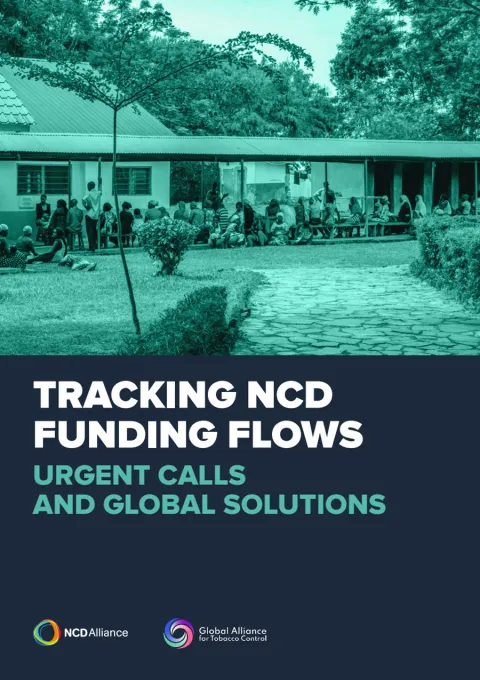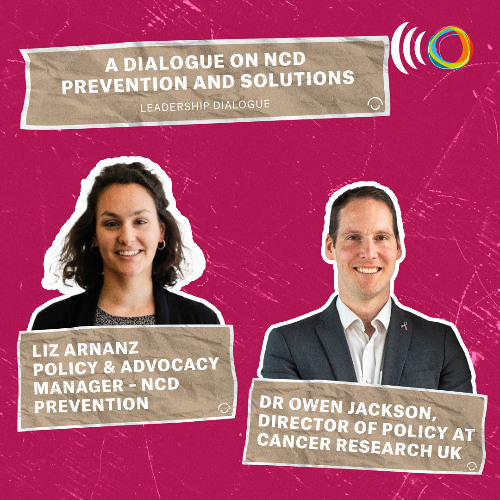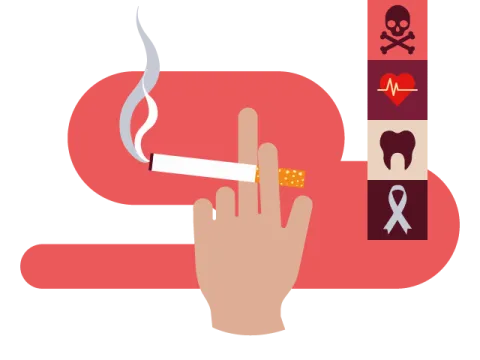New strategies, same threat: emerging tobacco marketing in the age of virtual reality

The tobacco industry is rearming as tobacco control measures advance. Using digital marketing, these companies are able to bypass regulation and reach potential consumers, including the very young, shows a new report from Vital Strategies. From video games to next-generation technologies such as the metaverse and NFTs, the variety of tactics used to promote tobacco online is growing fast.
Governments and tobacco control advocates must also adapt to these new marketing developments, developing and implementing the necessary regulations, to avoid losing ground to the tobacco industry. Decades of hard-won progress are at stake.
Tobacco marketing is one of the main reasons why people use tobacco products, including heated tobacco products, e-cigarettes and vapes. This explains why companies spend billions of dollars on advertisements and promotional content. Their goal is clear: to hook as many consumers as possible and divert attention from the fact that tobacco kills more people than any other preventable cause of death in the world, claiming more than eight million lives a year, mostly from noncommunicable diseases (NCDs) such as cardiovascular diseases, chronic respiratory diseases, cancer or diabetes.
The report The Next Frontier in Tobacco Marketing: The Metaverse, NFTs, Advergames and More shows how the tobacco industry has abandoned traditional media in favour of less regulated environments such as websites, social media, apps and video games. These channels are becoming part of the daily lives of more and more people, allowing advertisers to personalise promotional content and even interact with prospective clients. There is a wide variety of digital marketing tactics. These include:
- Advergaming or advertising in video games,
- Astroturfing or marketing disguised as activism,
- Entertainment marketing in the form of depictions of tobacco in films, TV shows or streaming platforms such as Netflix,
- Community marketing and events promotion involving popular activities like concerts and sport events,
- Content marketing or entertainment content created by tobacco companies themselves,
- Influencer promotions,
- Surrogate marketing or marketing of other non-regulated products produced by the same company to increase brand awareness,
- Brand extension or the use of company’s brand identity on nontobacco products,
- Corporate social responsibility,
- Online retail via e-commerce,
In addition to these forms of advertising, the report points to the risk of the tobacco industry starting to use new generation technologies such as the metaverse, a new version of the internet based on augmented and virtual reality; or NFTs, digital assets in the form of artwork, music or video whose ownership is registered on the blockchain allowing them to be bought and sold without intermediary.
Young people are the most affected by this type of marketing, as they tend to be more active on digital platforms. Health-harmful industries, including the tobacco industry, systematically target these population groups with promoted content specifically designed to attract their attention, as shown in the recently published Selling a Sick Future: Countering harmful marketing to children and young people across risk factors and NCDs report by the NCD Alliance. In the case of tobacco, companies know that the earlier people start smoking, the more likely they are to become lifelong users.
“As highlighted in our Selling a Sick Future report, health-harming industries use virtual reality and other digital techniques to market their products with immersive, interactive and personalised elements that often target those at their most vulnerable age – in their youth. The Next Frontier in Tobacco Marketing report flags the need for countries to legislate comprehensive tobacco marketing bans that cover a wide range of digital media platforms, while government agencies must be aware of and monitor these emerging techniques to allow for effective enforcement. What for? To protect people’s health and rights,” said Liz Arnanz, NCDA Policy & Advocacy Manager.
For policy makers, the Next Frontier report makes three recommendations: to restrict all promotional activity by the tobacco industry across all platforms and taking into account the latest tactics and technologies; to regularly monitor changes in the tobacco marketing ecosystem to identify new forms and channels of advertising, including new technologies; and the enforcement of control measures according to the jurisdiction of the different authorities, ensuring that new digital spaces based on virtual reality or decentralised technologies such as NFTs do not fall outside the focus of regulation.
The global health agenda is already responding to this new threat. In the upcoming FCTC COP10 (5-10 February 2024), specific guidelines to address cross-border tobacco advertising, promotion and sponsorship (TAPS) and the depiction of tobacco in the entertainment media will be considered for adoption. It is imperative that FCTC Parties adopt these guidelines as they are currently written, given their strong recommendations around the development, monitoring and enforcement of TAPS legal and policy measures that include a comprehensive definition of digital media platforms and include measures to reduce tobacco media depiction (for instance, on streaming platforms) to ensure all forms of tobacco marketing are regulated. Not backtracking, but deepening tobacco control, is the way forward.
